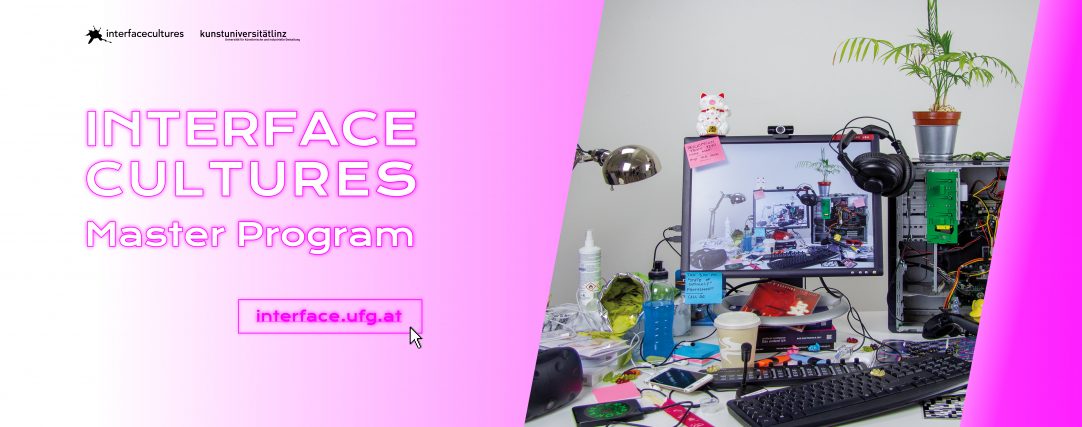Bitcoin Traces
BITCOIN TRACES
/ Martin Nadal (ES)

Bitcoin Traces draws an infographic data-visualization of bitcoin transactions from the point when the currency is created by a miner until a particular transaction is made. To make a real world example, let’s say that a person buys a coffee and he or she pays with a 5 € bill. The 5 € bill was earned in the company he or she works for, which in turn the company earned from their clients and their clients from other clients, and so on until the money is created by the European Central Bank.
The process begins by picking a transaction as a starting point, analysing which was its source transactions and draws a line for every wallet involved in this transaction. As we progress in time we draw these transactions further away from the center, producing a radial shape. When we reach the transaction where a set of bitcoins were generated we won’t be able to explore further, so we draw this line in red. In this set of drawings we can appreciate when the transactions have been processed by anonymization techniques like Coinjoin in the form of darker rings and that most of the bitcoins are mined by few big pools in the form of long red lines.
This kind of analysis wouldn’t be possible to do with Euros since we don’t have access to the ledger’s book as we do in bitcoin and blockchain. What makes bitcoin interesting from an artistic point of view is that processes like transactions are public while in the wider world economic transactions are only known by governments and banks, and are kept outside the scrutiny of society.
What transpires is a new way of seeing money, deprived of its materiality. Considering money as a network where each node is a good or a service and each edge a transaction with which it participates. These graphs can also be read in the opposite direction. Starting from the ‘mined’ bitcoins, the origin of which are a set of numbers that have no utility, but by consensus has been decided to give them a value by generating bitcoins and using them as a foundation to build a structure of consumption and exchange.

All images by Martin Nadal
